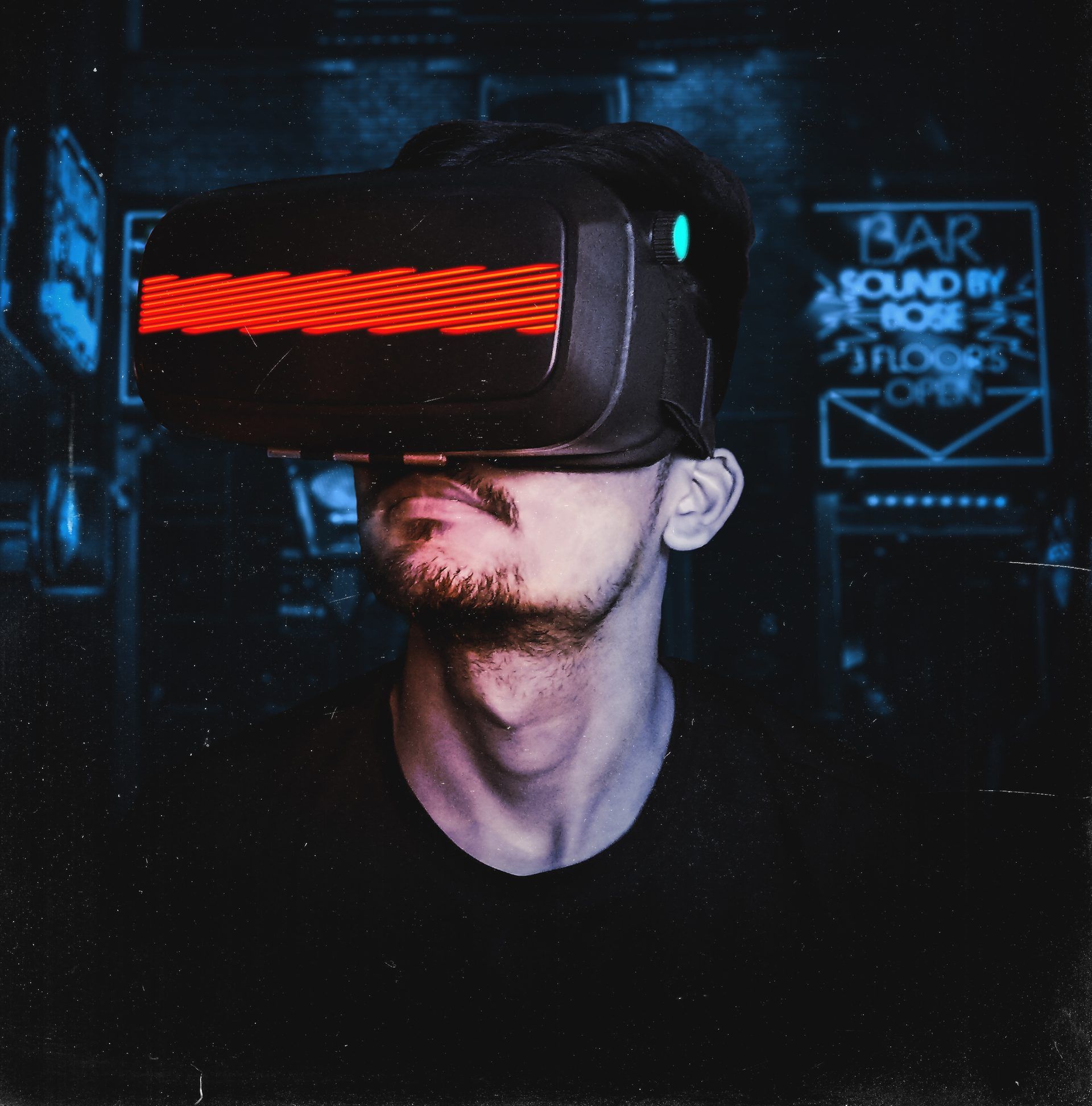The world is constantly changing. Each day, new technologies and concepts are coming up. Just consider the time when Nokia ruled the world of mobile phones with their great feature phones. Now think how this space that Nokia occupied has changed since then. Today, smartphones and significant manufacturers like Apple, Samsung, and Xiaomi have dominated the mobile phone industry. Nokia is no longer among the top three competitors.
Within the digital space, significant changes are also taking place. New concepts like non-fungible tokens or NFTs and the metaverse have emerged. These two concepts have spawned a lot of media and public interest. In the same way, they continue to create more confusion and questions regarding what they are or represent.
It is essential to understand NFTs and the metaverse, including their potential integration. That’s because of the real-life applications of NFTs by investors, including artists and businesses. The availability of technologies like virtual reality (VR), Artificial Intelligence (AI), Augmented Reality (AR), and blockchain bring the opportunities for NFTs and the metaverse ever closer.

Before explaining what NFTs and the metaverse are, have you heard about the Bitcoin Prime app? And this is a fantastic platform for trading Bitcoin as an addition to your existing investment portfolio. Go to Quantum AI to access the platform and learn more.
Understanding NFTs
NFT stands for non-fungible token. NFTs are now a reality after they launched in 2014. The simplest way to define NFTs is by perceiving them as digital certificates of ownership. Like you would have a log book to show ownership of your car, the NFT shows you own a digital or physical asset.
NFTs depend on the blockchain, making it impossible to delete, edit, or manipulate them upon creation. And this is one of the essential features of NFTs. They have provided an opportunity for securely collecting, sharing, selling, and buying digital artwork and other tokenized assets.
An excellent example of an NFT would be digital artwork. An artist would tokenize the digital work and ensure everyone knows he is the original creator or owner. Since NFTs use blockchain, it will also be possible to trace the artwork from the original owner.
Understanding metaverse
The universe represents our real physical world where we live, do business, travel, and do everything else. In this universe, we are in our physical form, just as everything else. For example, you live in a physical house and use your car to travel. The metaverse represents a theoretical concept of a completely virtual world.
In the metaverse, people take on a non-physical form (avatar) and live in a virtual world with virtual home, virtual spaces, and everything else. Essentially, the metaverse envisages that once you enter this space, you can do everything you do today but not in the physical realm.
The metaverse eliminates the need for physical resources and movement. In this 3-D world, you can own virtual houses, travel virtually, and do everything else without much time and effort. Imagine sitting on a couch with your VR glasses on and entering the metaverse, where you explore the 3-D world without moving from the sofa.

Integration of NFTs and metaverse
There are many opportunities for integrating NFTs and the metaverse. For example, museums can establish metaverses and tokenize their collections into NFTs for display. That way, instead of people visiting museums physically, they can go to the metaverse and have the same experience but with less effort and time.
Conclusion
NFTs and metaverse are still emerging concepts, and their understanding and application are still limited. With time, the ideas will become more apparent, and their applications potentially grow.
Featured image credit: Andrey Metelev/Unsplash





